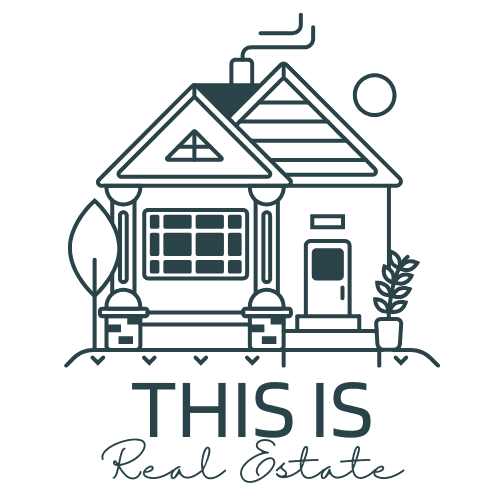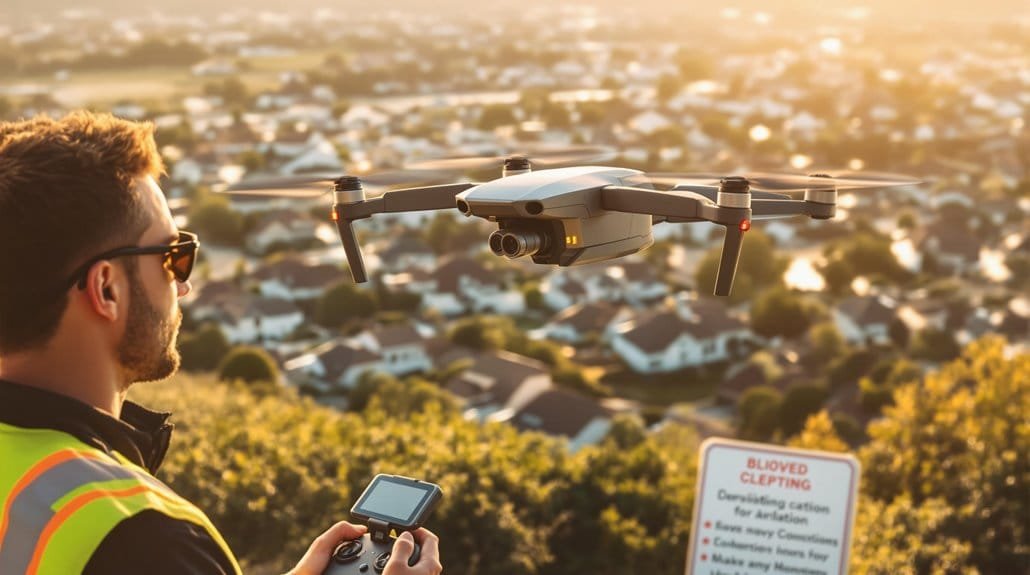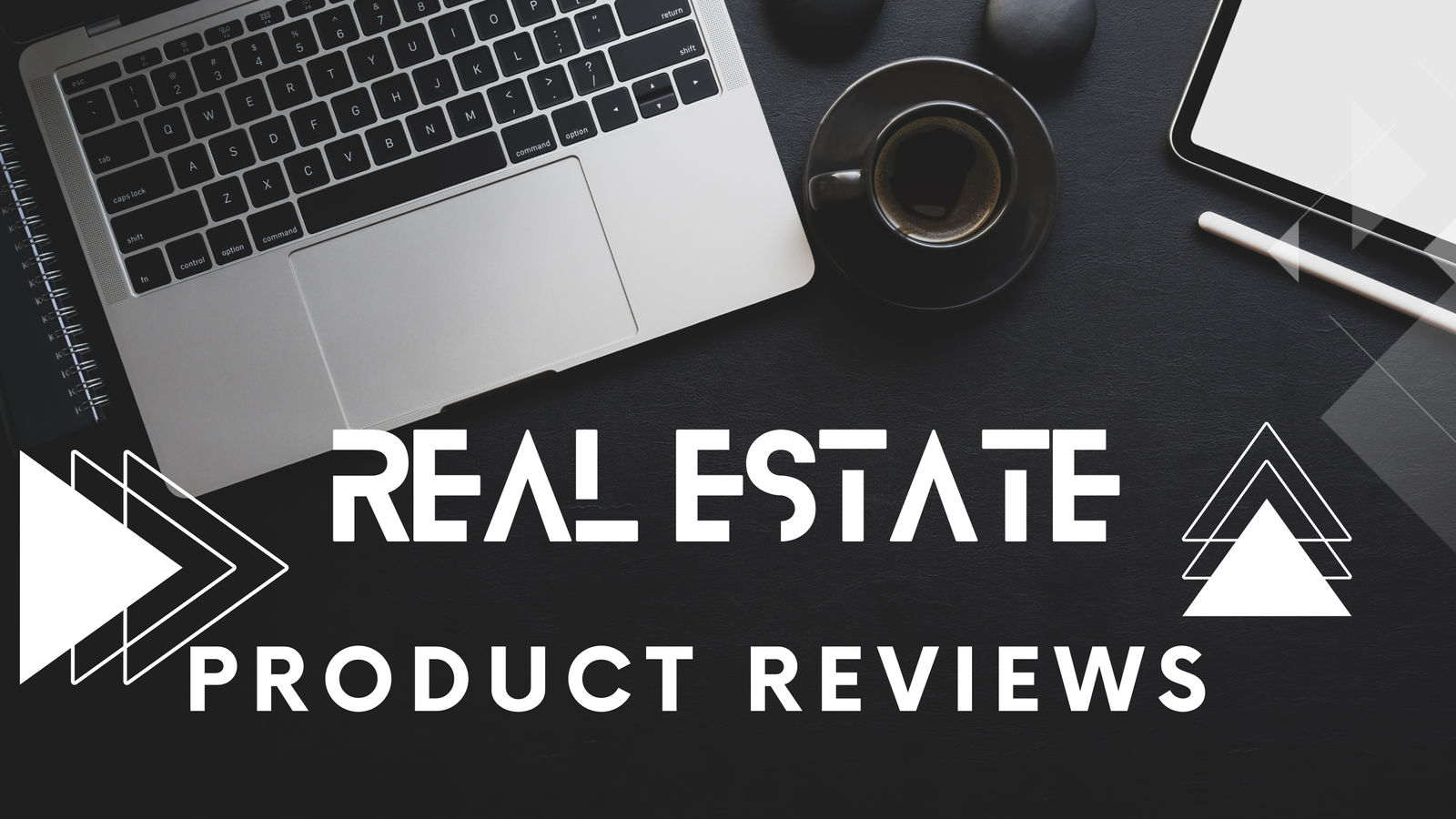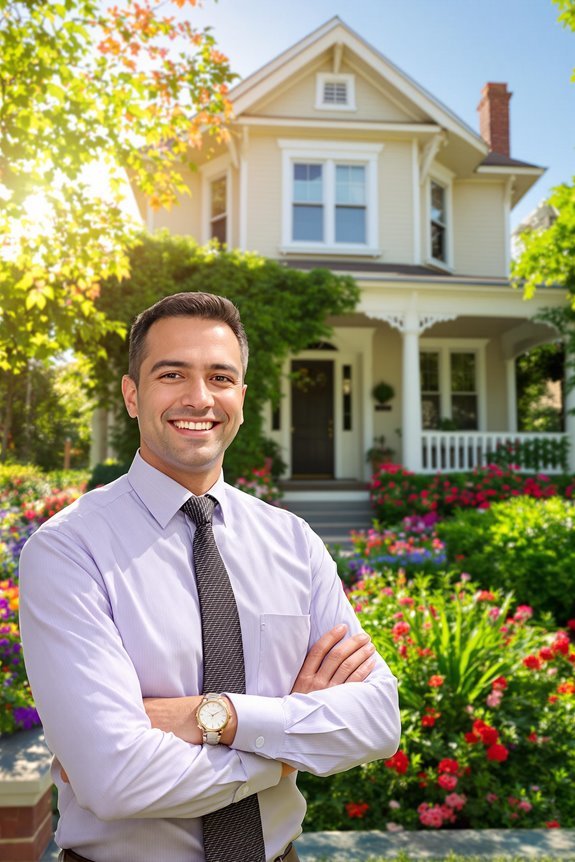To fly a drone legally for real estate photos, you’ll need to adhere to FAA regulations, starting with securing a Remote Pilot Certificate. Guarantee your drone is registered, especially if it exceeds 0.55 pounds, and display the registration number clearly. Familiarize yourself with Part 107 rules, and consider securing waivers for special operations, such as flying over people. Always verify airspace conditions using the FAA’s LAANC system and check local laws. Conduct thorough pre-flight checks, account for privacy concerns, and always keep safety in mind. Engage with industry resources to stay compliant and uncover more essential insights.
Key Takeaways
- Obtain a Remote Pilot Certificate by passing the FAA Part 107 Knowledge Test for legal commercial drone operations.
- Register your drone with the FAA if it weighs over 0.55 pounds and display the registration number visibly.
- Verify airspace status using the FAA LAANC system and secure any necessary Part 107 waivers for flying over people.
- Conduct a pre-flight safety check, plan your flight path, and respect privacy by obtaining property owner consent.
- Stay informed on FAA regulations and industry best practices through resources like the National Association of REALTORS®.
Understanding FAA Regulations
Steering through FAA regulations is essential if you’re planning to use a drone for real estate photography. Since you’re engaging in a commercial activity, you must adhere to Part 107 rules. These rules require keeping your drone within visual line of sight, meaning you can’t use binoculars or other aids to see it.
The altitude is also a significant factor; you must stay below 400 feet above ground level. It’s equally important to avoid flying directly over people unless you have specific waivers.
Understanding airspace classifications is another significant aspect. You can’t fly in Class B, C, D, or certain Class E airspace without obtaining FAA authorization. Tools like the Autopylot or Aloft apps can assist you in checking these classifications and restrictions. Notably, about 20% of Section 333 petitions are specifically for real estate use, underscoring the growing interest and importance of drones in this sector.
Remember, flying near major airports will require prior authorization due to controlled airspace. Safety and compliance are also top priorities. If your drone weighs more than 0.55 pounds, you need to register it with the FAA and mark it with its registration number. Additionally, always conduct a thorough pre-flight checklist to ensure all systems are operational and avoid malfunctions. As of September 16, 2023, drones must transmit identifying information during operation. Staying updated on FAA regulations and local laws is essential for legal and safe drone photography.
Obtaining Permits and Certifications
Understanding FAA regulations lays the groundwork for legally flying a drone in real estate photography, but acquiring the necessary permits and certifications is equally important.
To start, you need to be at least 16 years old and possess valid government-issued ID. Begin the registration process by obtaining an FAA Tracking Number (FTN) and creating an Integrated Airman Certification and Rating Application profile. Passing the FAA Part 107 Knowledge Test is vital to earn your Remote Pilot Certificate, which must be renewed every two years by retaking the test. Since photography for sale is considered commercial use, obtaining this certificate is non-negotiable for real estate drone photographers. It is crucial to understand that drones used for commercial purposes must comply with both federal and local regulations to avoid legal issues.
Drone registration is essential if your drone weighs more than 0.55 pounds. Register it through the FAA DroneZone and make sure it’s labeled with its registration number. As of September 16, 2023, drones must transmit identifying information while in use.
Understand airspace and height limitations; you’re typically restricted to 400 feet in altitude unless you have FAA permission. Controlled airspace requires authorization, which you can manage using LAANC applications.
Additionally, always secure property owner permission and adhere to local privacy laws. Use tools like the FAA’s B4UFLY Mobile App to verify legal flight zones, guaranteeing compliance with all regulations.
Safety and Best Practices
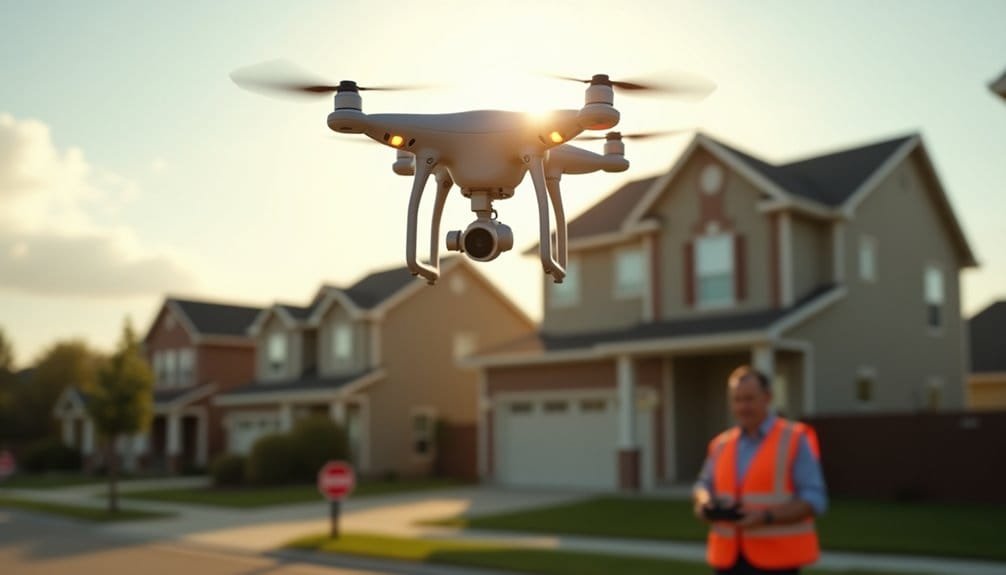
Flying a drone safely and following best practices is vital for successful real estate photography. Start with a thorough pre-flight safety check by confirming your drone is in excellent condition and following the manufacturer’s checklist.
Planning your flight path is important; map out the property, list desired shots, and experiment with different angles and heights. Checking weather conditions is a must—avoid flying in heavy rain or strong winds to guarantee safety and capture quality photos.
Maintain a visual line of sight with your drone to retain control and adhere to height restrictions, staying below 250 feet unless necessary. Avoid populated areas, such as highways or commercial zones, to minimize risks and respect privacy.
Be mindful of obstacles like power lines, trees, and birds, and make sure all occupants are indoors during the flight. Fly during daylight hours, unless you have a waiver, and use appropriate equipment for the best results. Respect privacy by avoiding capturing images of people without consent and steering clear of private areas.
Drone photography provides unique aerial perspectives of properties, which enhances marketing materials and can lead to faster sales. Carry proof of registration and certification, and be familiar with local laws and no-fly zones. Communication with neighbors can help alleviate concerns. Additionally, it is crucial to have FAA Part 107 certification as it is necessary for legal drone operation.
Hiring Certified Operators
While ensuring safety and best practices is key to successful drone operations, hiring certified operators brings professionalism and expertise to your real estate photography. Certified operators, who must be at least 16 years old, pass an aeronautical knowledge test to secure a Remote Pilot Certificate. This certification, alongside a UAS Part 107 license, is essential for commercial drone operations.
These operators have the experience to produce high-quality HD video footage and images, vital for showcasing properties effectively. Their expertise extends to managing drone operating restrictions and understanding additional regulations, ensuring your operations stay compliant. Certified operators follow FAA regulations meticulously. They register drones using the FAA’s online system and carry proof of both registration and their remote pilot certificate during flights.
Compliance with no-fly zones, like airports or military bases, is mandatory, and they check airspace and secure necessary authorizations before each flight. Additionally, maintaining drones in good working condition, with updated software and firmware, is part of their routine. They also check weather conditions and calibrate drones before each flight, ensuring peak performance. Hiring such professionals guarantees not just compliance but also the quality and safety of your real estate drone photography. The use of aerial photography can significantly enhance property listings by providing unique views that are not possible with traditional photography methods.
Moreover, compliance with FAA regulations is crucial to avoid legal repercussions and ensure the continuity of your business operations.
Staying Informed and Compliant

Keeping up with ever-evolving FAA regulations is vital for legally flying a drone for real estate photography. First, understanding Part 107 is significant, as it outlines requirements for commercial drone operations, such as real estate photography.
Regularly check the FAA Newsroom for updates, guaranteeing you’re always aware of the latest changes. Besides federal regulations, familiarize yourself with state and local laws that might affect your drone operations. To fly in controlled airspace, you’ll need proper airspace authorizations, especially near airports.
Make sure your drone is registered and labeled with its registration number, as required for all commercial drones. Guiding permissions involves understanding waivers under Part 107 and securing any necessary local permits. Always obtain consent from property owners before flying and implement data protection measures to secure your collected imagery.
Non-compliance with FAA regulations can result in fines and legal repercussions, so staying informed and ensuring adherence is crucial. Continuous learning is key, so use training resources like Drone Pilot Ground School to prepare for the FAA Part 107 Knowledge Test.
The National Association of REALTORS® offers a Field Guide to Drones, providing essential guidance for real estate agents seeking to integrate drone technology into their practices. Stay engaged with industry associations and consider legal consultation to guarantee compliance. Regularly update your knowledge on regulations, conduct pre-flight checks, plan flights carefully, and keep detailed records. These practices will help you maintain compliance and operate safely.
Legal and Regulatory Considerations
When it comes to flying drones for real estate photography, understanding the legal and regulatory considerations is vital. The FAA governs commercial drone operations under Part 107 regulations, so you’ll need a Remote Pilot Certificate to legally capture those stunning aerial shots for property listings.
It’s not just a hobby—using drones for real estate is a commercial activity, requiring adherence to Part 107 guidelines. Before you take off, check the airspace. Flying near airports or over people isn’t allowed without proper FAA authorization.
Utilize the FAA’s LAANC system or DroneZone portal to gain real-time access to controlled airspace, guaranteeing you don’t breach classified zones like Class B, C, D, or E. Remember, state and local laws might impose additional restrictions, especially concerning privacy and property rights.
Passing an aeronautical knowledge test at an FAA-approved testing center is mandatory for obtaining your Remote Pilot Certificate. This guarantees your operations are safe and compliant, avoiding hefty fines from the FAA.
As a realtor, consider hiring certified photographers who possess the necessary credentials, guaranteeing quality and adherence to industry standards, while vetting their experience through references and examples of their work.
Frequently Asked Questions
- Prepare for Loan Maturities and Refinancing Waves as a Real Estate AgentIn mastering loan maturities and refinancing waves, uncover strategies every real estate agent needs to empower clients during pivotal financial transitions.
What Equipment Is Best for Real Estate Drone Photography?
Picture your drone as a soaring eagle with keen vision, capturing real estate marvels.
Choose a drone with a high-resolution camera, like the DJI Mini 4 Pro, ensuring crystal-clear images.
Embrace the stability of a 3-axis gimbal for smooth footage.
Equip yourself with extra batteries and ND filters for perfect shots.
Opt for drones offering RAW format for post-processing flexibility.
Don’t forget portability—lightweight drones make your job effortless.
How Can I Improve the Quality of My Drone Photos?
To improve your drone photos’ quality, optimize camera settings by using exposure bracketing and shooting in RAW for better edits.
Adjust aspect ratios to 3:2 or 4:3 for higher resolution. Utilize intelligent flight modes for smoother shots.
In post-processing, apply alternate debayering and image averaging to enhance detail. Noise reduction and lens correction are essential for clarity.
Focus on aerial composition by capturing low-angle shots and highlighting key features.
Recent Posts

How to Use Time Blocking to Stay Focused as a Real Estate Agent

How to Keep Your Real Estate License Active
What Are the Ideal Weather Conditions for Drone Photography?
When you’re flying a drone, you want weather so perfect it practically sings your praises.
Aim for clear skies and excellent visibility to maintain control and capture stunning images. Low winds help keep your drone stable, avoiding those pesky gusts that throw everything off.
Stick to mild temperatures; extreme cold or heat can wreak havoc on battery life and performance.
Always check the weather forecast to guarantee ideal conditions for your flight.
How Do I Handle Client Expectations for Drone Photography Services?
To handle client expectations for drone photography services, communicate clearly about deliverables, potential weather limitations, and the benefits of aerial views.
Discuss legal requirements and safety measures, sharing examples of successful projects.
Set realistic timelines and explain the process for obtaining necessary permits.
Highlight the value of drone photography in enhancing listings, emphasizing how it can provide a competitive edge and increase property engagement and sales, ensuring clients feel informed and satisfied.
What Software Is Recommended for Editing Drone Photos?
When editing drone photos, you should consider software like Adobe Lightroom, known for its extensive toolset and performance.
Corel PaintShop Pro offers a thorough alternative, with a one-time payment structure.
For AI-based editing, AirMagic is effective in enhancing contrast and colors.
If you need a free option, RawTherapee handles basic editing tasks.
Depending on your needs, these programs provide various features like batch processing and platform compatibility.
Bottom Line
Maneuvering the world of drone photography for real estate requires diligence and adherence to FAA regulations, ensuring you operate within the legal framework. Did you know that over 70% of real estate agents find drones improve their listings? This highlights the importance of staying informed, obtaining necessary permits, and prioritizing safety. Whether you’re flying the drone yourself or hiring a certified operator, maintaining compliance not only boosts your credibility but also contributes to the professional standards of your community.
